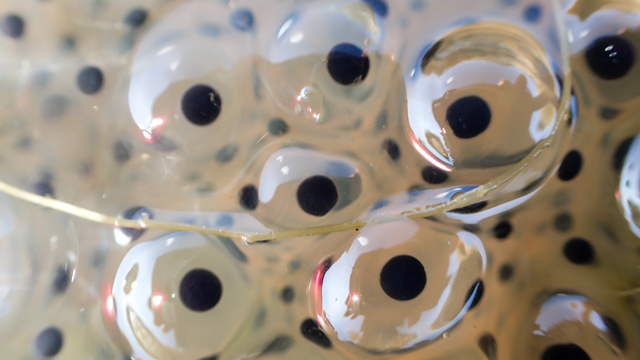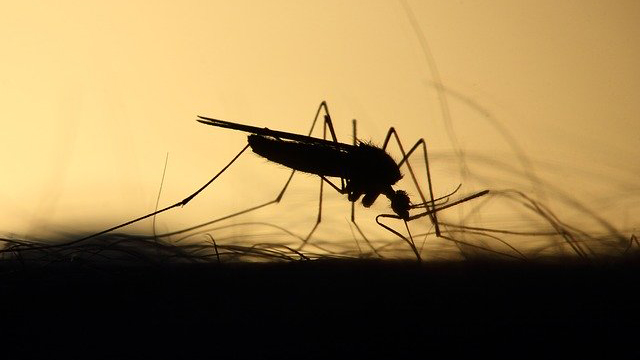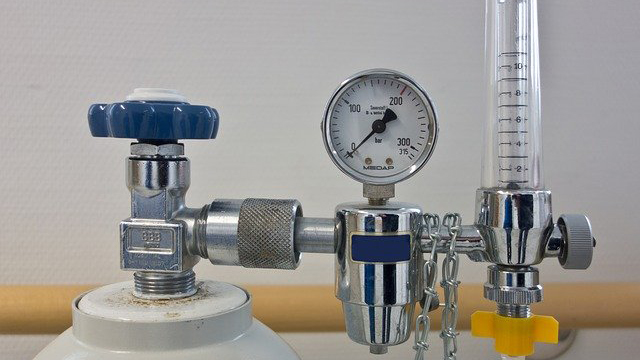A Decade in Nobel Prizes for Physiology or Medicine

Each year, Nobel Prizes are awarded to people who have made a significant contribution in their field; categories include the Peace Prize, Physics and Literature. This list focuses on the Nobel Prizes awarded between 2010 and 2019 to those“who made the most important discovery within the domain of physiology or medicine”. Over the last decade, this accolade has been given to 24 people (laureates), for research in areas ranging fromin vitrofertilization (IVF) to immunity.
2010
Robert G. Edwards(UK) – “for the development of in vitro fertilization.”

In the 1950s, Edwards started to explore the possibility of fertilization outside of the body, an approach which could revolutionize treatment for those experiencing infertility issues. The culmination of this work came in 1987 with the birth of the firstin vitrofertilization (IVF) baby.
Although it has sparked a major ethical debate, IVF has since become an established therapy, with anestimated 7 million babies born globally as a result of the treatment.
2011
Jointly awarded toBruce A. Beutler(US) andJules A. Hoffmann(France) – “for their discoveries concerning the activation of innate immunity.”
Ralph M. Steinman(Canada) – “for his discovery of the dendritic cell and its role in adaptive immunity.”

BothBeutlerandHoffmanmade discoveries which were key to identifying the role of Toll-like receptors (TLRs) in the activation of the immune system. TLRs recognize patterns of molecules on pathogens, triggering a signaling cascade that enables an immune response.
斯坦曼发现了树突状细胞1973and identified that they present antigens to and consequently activate T cells, bridging the gap between the adaptive and innate immune systems.
The research from all three laureates had a significant impact on our understanding of the immune system, including what happens in autoimmune diseases and in the development of therapeutics to treat them.
2012
Jointly awarded toJohn B. Gurdon(UK) andShinya Yamanaka(Japan) – “for the discovery that mature cells can be reprogrammed to become pluripotent.”

Gurdon developed a procedure known as somatic nuclear transfer, replacing the nucleus of a frog egg cell with that from a specialized cell. The resulting tadpole developed without any adverse effects demonstrating that nuclei from mature cells can be reprogrammed.
Yamanaka’s research built upon that of Gurdon’s; first identifying the genes that kept stem cells immature, then introducing a combination of four of them into fibroblasts. This approach reprogrammed the fibroblasts to an immature stem cell form and thus induced pluripotent stem cells (iPS cells) were discovered.
iPS cells can develop into mature cell types and are now used to study a variety of human diseases.
2013
Jointly awarded toJames E. Rothman(US),Randy W. Scheckman(US) and Thomas C. Südhof (US/Germany) – “for their discoveries of machinery regulating vesicle traffic, a major transport system in our cells.”

Scheckman identified the genes that mediate vesicle transport, providing an explanation as to how vesicles can be precisely delivered to different parts of the cell.
Rothman identified SNAP receptors (SNARE), the protein complex that enables vesicles to fuse with their target membranes, with Südhof revealing that this was mediated by sensing of calcium ions.
This research has been particularly beneficial to the field of neuroscience, where vesicles play a key role in synaptic transmission.
2014
John O’Keefe(US/UK) and jointly toMay-Britt Moser(Norway) andEdvard I. Moser(Norway) – “for their discoveries of cells that constitute a positioning system in the brain.”

In1971, O’Keefe discovered the aptly named “place cells” located in the hippocampus of rats, an area where place cells are activated when a rat is in a particular place in the environment.
May-Britt and Edvard Moser also found another type of cell in the brain, grid cells, that are activated in specific areas. Found in the entorhinal cortex, grid cells help with spatial navigation.
2015
Jointly awarded toWilliam C. Campbell(爱尔兰/美国)dSatoshi Ōmura(Japan) – “for their discoveries concerning a novel therapy against infections caused by roundworm parasites.”
Tu Youyou(China) – “for her discoveries concerning a novel therapy against malaria.”

2015’s awards were given to researchers who had made strides in drug discovery for serious parasitic diseases. Campbell and Ōmura developed Avermectin and later, Ivermectin. These drugs can be used to treat infections caused by parasitic worms, such as lymphatic filariasis, which threatens893 million people worldwide.
In 1981, Youyou discovered a new anti-malarial, Artemisinin; this drug targets thePlasmodiumparasites early in their life cycle, making it a particularly potent treatment. Malaria is estimated to affect more than200 million people each yearand thus, the discovery of an effective treatment could help to significantly reduce disease-related mortality.
2016
Yoshinori Ohsumi(Japan) – “for his discoveries of mechanisms for autophagy.”

Autophagy is a key cellular process – it allows for the controlled degradation and recycling of cellular components. Using baker’s yeast, Ohsumi exposed the genes and mechanisms involved in autophagy; the process is controlled by a cascade of proteins and protein complexes, each representing a specific stage of the initiation and formation ofautophagosomes.
These findings have since allowed scientists to understand just how fundamental it can be in both normal and abnormal physiology.
2017
Jointly awarded toJeffrey C. Hall(US),Michael Rosbash(US) andMichael W. Young(US) – “for their discoveries of molecular mechanisms controlling the circadian rhythm.”

The circadian rhythm is our biological clock, helping our bodies to adapt to different times of the day; feeling alert in the morning and sleepy in the evening is all carefully controlled.
Using fruit flies, Hall, Rosbash and Young identified the genes and encoded proteins responsible for maintaining circadian rhythms. Research has since identified mammalian homologs of the discovered genes, providing insight into the human body clock and how it can affect us.
2018
Jointly awarded toJames P. Allison(US) andTasuku Honjo(Japan) – “for their discovery of cancer therapy by inhibition of negative immune regulation.”

Allison and Honjo discovered two separate proteins, CTLA-4 and PD-1 respectively, which “put the brakes” on the immune system by blocking T cell activation. It was soon revealed that blocking the activity of these proteins could release the force of the immune system upon cancer cells, which could lead to advances in immunotherapy for cancer.
2019
Jointly awarded toWilliam Kaelin Jr.(US),Peter J. Ratcliffe(UK) andGregg L. Semenza(US) – “for their discoveries of how cells sense and adapt to oxygen availability.”

The key genes and proteins involved in oxygen sensing and adaptability, HIF-1α,VHLandARNT, were identified through the research of Kaelin, Ratcliffe and Semenza.
Understanding the various pieces of the puzzle allowed the researchers to determine the exact mechanism by which oxygen sensing works and, consequently, has provided insight into several diseases in which the oxygen-sensing mechanism plays a key role.





